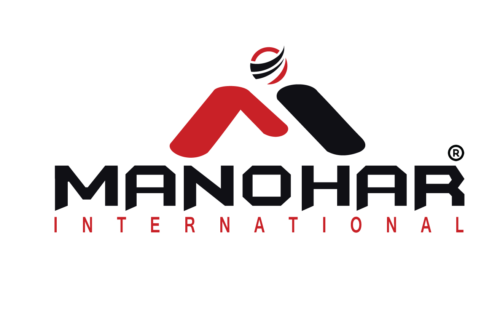What are the most exciting advancements in plastic aprons ?

Most Exciting Advancements in Plastic Aprons
Recent years have seen significant innovations in plastic aprons, driven by the demands of healthcare, food service, and industrial sectors. Here are the most exciting advancements shaping the future of plastic aprons:
1. Advanced Material Technology
- New materials such as PEVA (Polyethylene Vinyl Acetate) and high-grade PVC have improved both water and chemical resistance, making aprons more durable and flexible for a variety of uses.
- Enhanced polythene formulations have increased abrasion resistance and reduced the likelihood of tearing or puncturing, even in rigorous environments.
2. Improved Comfort and Fit
- Modern aprons feature ergonomic designs with adjustable, heavy-duty straps that ensure a secure and comfortable fit for extended wear.
- Lightweight yet robust materials allow for better movement and less fatigue, making them suitable for long shifts in healthcare and food processing.
3. Enhanced Hygiene and Safety
- Disposable aprons are now widely used in infectious and hygienic environments, offering single-use protection that minimizes cross-contamination risks.
- Smooth-finish PVC aprons are designed to prevent bacterial growth, further enhancing safety in sensitive settings like hospitals and kitchens.
4. Sustainability and Eco-Friendly Options
- Leading manufacturers are developing recyclable and more environmentally friendly aprons, addressing concerns about plastic waste.
- Some aprons are made from materials that can be recycled if unsoiled, and industry leaders are encouraging proper disposal practices to reduce environmental impact.
5. Versatility and Customization
- Aprons are now available in a range of thicknesses, sizes, and colors, catering to specific industry needs and personal preferences.
- Heavy-duty and reinforced options provide extra protection for industrial and laboratory use, while lightweight versions are ideal for food service and cleaning.
6. Focus on Industry-Specific Needs
- Chemical-resistant aprons for laboratory and industrial work offer protection against a wide range of hazardous substances, including acids, alkalis, and oils.
- Specialized designs, such as lead aprons encased in plastic for X-ray protection, demonstrate the adaptability of plastic apron technology to niche applications.
7. Market Growth and Innovation
- The global disposable plastic aprons market is expanding rapidly, with innovations in durability, comfort, and eco-friendliness meeting evolving consumer and industry demands.
- These advancements make modern plastic aprons safer, more comfortable, and more sustainable, supporting their essential role across healthcare, food service, and industrial sectors.
Conclusion
The landscape of plastic aprons has undergone a remarkable transformation, marked by technological advancements, material innovation, and a growing focus on sustainability. Today’s plastic aprons are no longer simple barriers; they are the result of sophisticated engineering designed to meet the evolving demands of healthcare, food processing, and industrial sectors. One of the most significant developments has been the shift from basic low-density polyethylene (LDPE) to advanced polymers such as high-density polyethylene (HDPE) and polypropylene blends. These materials offer superior durability, tear resistance, and comfort, ensuring that aprons can withstand rigorous use while remaining lightweight and breathable for extended wear.
Manufacturers have also embraced automation and robotics in their production processes, ensuring precision, scalability, and consistent quality. The integration of IoT technologies allows real-time monitoring of manufacturing lines, optimizing efficiency and enabling rapid responses to surges in demand-an essential capability highlighted during global health emergencies. Additionally, the introduction of antimicrobial coatings, often using nanotechnology, has elevated the protective function of plastic aprons by actively reducing the risk of infection transmission, a crucial advancement for crowded healthcare settings.
Sustainability is now at the forefront of innovation, with biodegradable and recyclable aprons emerging as viable alternatives to traditional plastic. These eco-friendly options are helping to address environmental concerns associated with medical waste, while some manufacturers are also implementing recycling programs to further minimize their ecological footprint. Customization and ergonomic design improvements, such as adjustable straps and tailored fits, have enhanced user comfort and efficiency, reflecting a user-centric approach to product development.
India stands out as a global leader in this space, with Plastic Apron Manufacturers in India leveraging these advancements to meet both domestic and international standards. Plastic Apron Suppliers in India are able to fulfill large-scale and urgent orders with consistent quality, while Plastic Apron Exporters in India are setting benchmarks in compliance and innovation for global markets. As the industry continues to evolve, these innovations promise not only better protection and comfort but also a more sustainable and responsive future for plastic apron technology.

